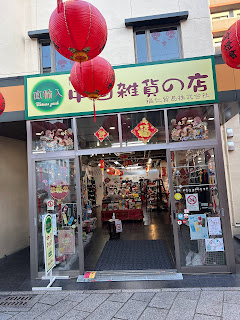Yesterday we had decided to take a drive🚙 to Janes Residence in Kumamoto. I've been there many times before, but I'd never been to the old house, so I decided to go.
According to the Kumamoto city official website, this is the oldest Western-style building still standing in the prefecture, and was built in 1871 to welcome the American educator Leroy Lancing Janes to Kumamoto Western School. Janes lived here for five years, from 1871 to 1876, educating the young people of Kumamoto.
This building is the place where, during the Satsuma Rebellion in 1877, Tsunetami Sano received permission from Prince Arusugawa Taruhito, a Japanese carrier officer in the Imperial Japanese Army, to establish the Hakuaisha (博愛社), the precursor to the current Japanese Red Cross Society.
It was originally built in the Kojomachi area near Kumamoto Castle, but was moved several times as its function changed, eventually being moved to the adjacent to the east side of Suizenji Jojuen Garden. However, it was destroyed during the Kumamoto earthquakes nine years ago. The new house of Janes that was moved at the Suizenji Ezuko Park in September 2023.
Let's take a tour to the retro style building🏛 of the early Meiji era.The room is very specious, with chandelier and fireplace. I felt so nostalgic😊
Signs of the Janes' Mansion and Japan Red Cross Memorial Museum.These are parts of building a house broken by earthquake😨





























